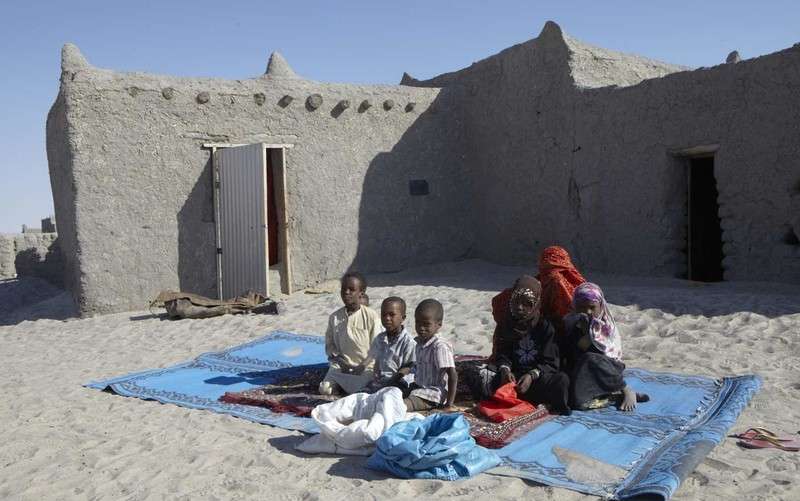Married young and a mother at 17, Etta Brahim Senussi tries to enjoy the simple pleasures her children bring to her life in parched Andrabad in northern Chad—even as trouble looms.
“When my kids are having fun, when they’re not hungry, when they jump left, right, and center, that’s the most pleasure I get,” she said.
But with rain in short supply, Senussi is worried about what the future will hold. Across the Sahel region of West Africa, a number of conditions are converging that could trigger a new food crisis. Low rainfall and water levels, poor harvests, lack of pasture, and high food prices are all causing serious problems, even as people are still trying to recover from the last food crisis in 2010 which affected 10 million of them.
“If the rain does not fall, it will be a disaster for us,” said Senussi. “The animals and the people need the rainy season. Pastures grow during the rainy season. Without rain there is no life. We’ll have to migrate but now we don’t know what will become of us.”
For many families, hunger is a hardship they have long endured.
“Usually, a family should eat three times a day, but now that is not the case,” said Koubra Hamid, a 40-year-old mother of eight children who lives in Sallal, Chad. She has only enough food to prepare one meal a day for her family—a ball made of rice or flour and served with a sauce.
That single meal a day is all Hamid’s family has had for several years. They don’t have the resources for more. To buy grain in the market, families may first have to sell one of their animals to get cash.
“If we had animals, we could feed our children more often,” she said, but as the pastureland has shrunk, so has the size of their herd. And in the harsh calculus herders know well, the 13 camels Hamid’s family has held onto don’t add up to full stomachs for her children.
“To prepare two meals a day in one household like ours, the head of the family should own at least 30 animals,” said Hamid. “Our only source of income comes from the rain. Rain falls, grass grows, animals graze this grass, then we sell the animals to provide for us. If the rain doesn’t fall, we cannot talk of life here.”
Nor is it easy to speak of hunger and its devastating consequences.
“The truth is, we don’t have the right to say that someone has died because of hunger,” said Ashta Hamid, Senussi’s older sister. “We cover this and say they died because they were sick, but really, lack of food kills.”
In Chad, where crop production from a recent harvest was down 50 percent, reports have indicated that 13 out of 22 regions could be affected by food insecurity.
Oxfam is gearing up to address the needs of the most vulnerable people in the region and in some places across the Sahel the organization has already been working with communities to increase their resilience.
In the village of Kouzi Wahid in northern Chad, Fatna Bakhit is growing tomatoes, watermelons, turnips, and onions with seeds and gardening tools she received from Oxfam. She’s counting on the produce to help tide her family over: The last harvest was poor and they lost most of their crops. And her husband has now gone off to look for work.
“When this effort bears fruit, I will be able to take care of my small family whilst awaiting support from my husband,” said Bakhit.
